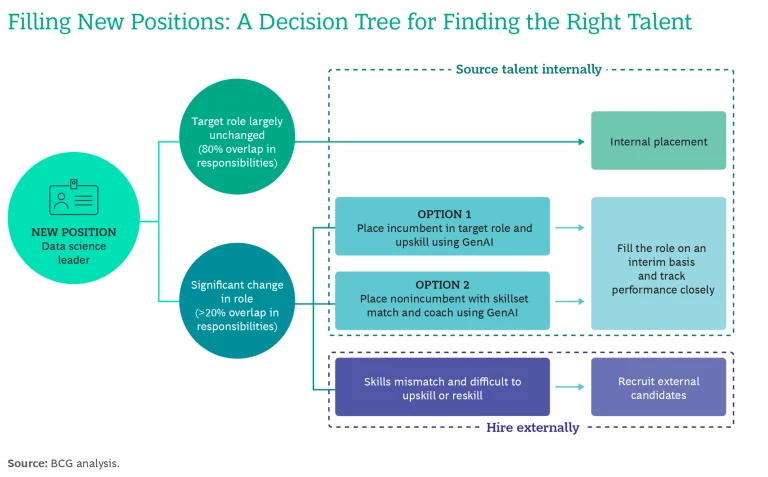Companies have invested to build new digital capabilities—the challenge now is to capitalize on them through business building: launching and scaling new units, developing innovative new offerings, and accelerating the growth of acquisitions. A key requirement for business building is talent.
The So What
Without the right workforce of entrepreneurial, tech-savvy employees in place, companies will struggle. In fact, 72% of HR professionals cite people challenges and talent gaps as their companies’ biggest business obstacle. But the talent required for business building is in high demand and short supply across most markets.
Companies need a deliberate, intentional approach to recruit, retain, and develop the talent needed for business building.
Featured Insights: BCG’s most inspiring thought leadership on issues shaping the future of business and society
Now What
BCG’s client experience shows how a holistic approach to recruiting and retaining talent for business building can make all the difference. (See “The Idea in Action” and the exhibit.)
The Idea in Action
- Running a lean, custom-built recruiting operation that targeted a specific profile of digital tech talent.
- Separating Ware2Go business operations from the UPS core and giving incoming leaders autonomy over major decisions.
- Incentivizing Ware2Go leadership and team members to create buy-in from day one.
Start with why. The first step is to reflect on what type of business you’re building—and why. Are you looking to diversify your core business? Are you placing big bets on spinout ventures with exponential growth potential? Being clear about your objectives will inform how you fund, govern, and operationalize your business build—and ultimately how you think about talent.
Identify needs. Identify business needs and the corresponding jobs required to meet them. This will enable you to map the skills needed for your innovation effort to succeed, down to the number and types of required roles, along with the target skills for each role.
Some companies still rely on manual processes and spreadsheets for this kind of strategic workforce planning, but new AI-enabled tools like Talent Builder by BCG X use algorithms to make the process dramatically faster and more accurate.
Assess gaps. Measure the digital capabilities of your existing talent and assess gaps that need to close. For example, many business leaders overestimate the entrepreneurial talent they have on-hand. Rather than relying on gut instincts, companies need to make the evaluation process as objective as possible through structured surveys and assessments.

Define your talent strategy for existing employees. To fill capability gaps, there’s a clear case for placing, upskilling, or reskilling internal talent. That said, companies need to assess whether relying primarily on current talent is feasible, considering several factors:
- Degree of overlap between current capabilities and future needs
- Resources available to support upskilling and reskilling
- Mindset and ability of current employees to upskill or reskill
- Degree of urgency
Define your hiring strategy for accessing new talent. External hiring is often difficult and costly. In a
highly competitive job market,
top entrepreneurial talent with tech skills is being pursued across all industries. Companies can compete for talent more effectively by focusing on several key principles:
- Create a distinctive, relevant, and compelling employee value proposition.
- Manage your employer brand: your reputation and brand can help attract top talent through word-of-mouth referrals.
- Be proactive about outreach by creating talent maps of potential recruits working at competitors or in adjacent industries.
- Rethink the candidate experience by imagining the candidate experience that applicants get at one’s competitors, including startups, and adjust your processes accordingly.
- Allocate sufficient resources and other support to HR.
Focus on retention. Hiring is only half the battle—companies also need to create the right structures and environment to retain top entrepreneurial talent once they’re on board.
- Manage expectations. Corporates can be tempted to downplay the complexities of a large organization and oversell business building as being akin to working at a startup. But the story you tell candidates during the interview process needs to match the experience they have when they start.
- Give people sufficient autonomy. Teams focused on business building need to move fast, own their decisions, and experiment. Corporates need to set the right level of governance—particularly for innovation hubs or ambitious ventures far outside the core business.
- Set the right incentives. Talent from technology companies and startups expect incentives that link individual performance to the overall performance of the team (such as equity). In many cases, that may not be feasible, but companies can offer alternatives, like long-term cash bonuses tied to key revenue and profitability metrics.
The authors thank Ruth Ebeling, David Iglehart, and Harry Wimborne for their insights on this article.









